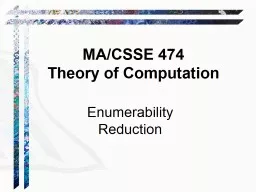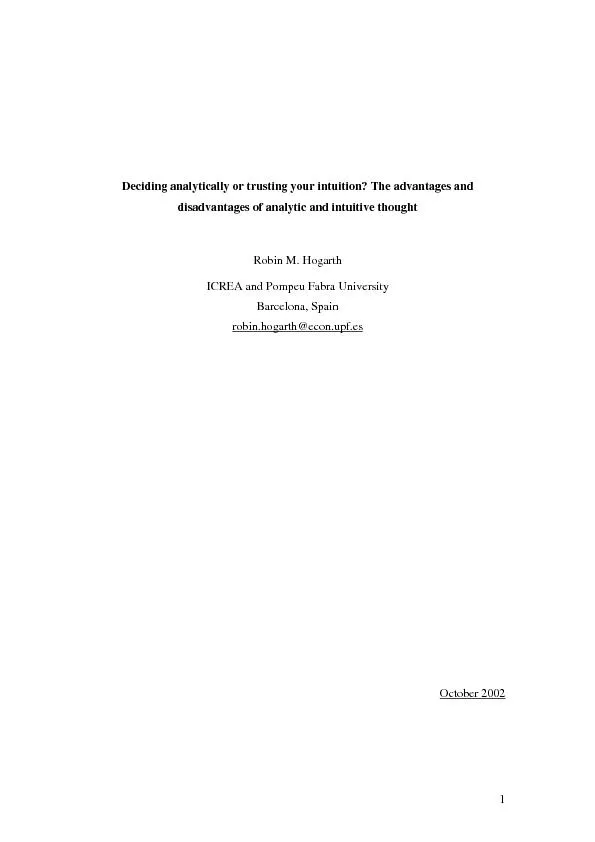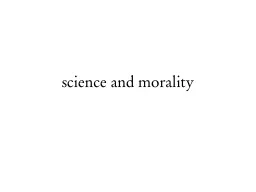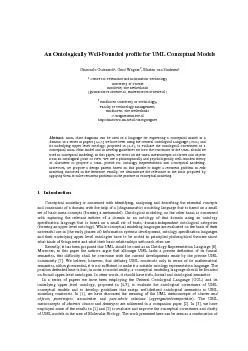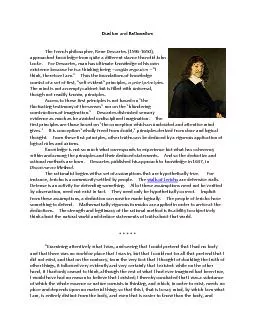PPT-Analytically or Ontologically Reducible?
Author : pamella-moone | Published Date : 2018-09-23
Lightning Electrical Discharge Triangles Three Sided Shape Mike Harvey Awesome Philosophy Teacher Sun Burning ball of gas Widow Lady whose husband has passed
Presentation Embed Code
Download Presentation
Download Presentation The PPT/PDF document "Analytically or Ontologically Reducible?" is the property of its rightful owner. Permission is granted to download and print the materials on this website for personal, non-commercial use only, and to display it on your personal computer provided you do not modify the materials and that you retain all copyright notices contained in the materials. By downloading content from our website, you accept the terms of this agreement.
Analytically or Ontologically Reducible?: Transcript
Download Rules Of Document
"Analytically or Ontologically Reducible?"The content belongs to its owner. You may download and print it for personal use, without modification, and keep all copyright notices. By downloading, you agree to these terms.
Related Documents





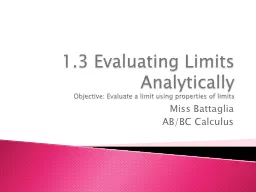
![December2008] In the absence of analytically defensible criteria for d](https://thumbs.docslides.com/209563/december2008-in-the-absence-of-analytically-defensible-crit.jpg)

